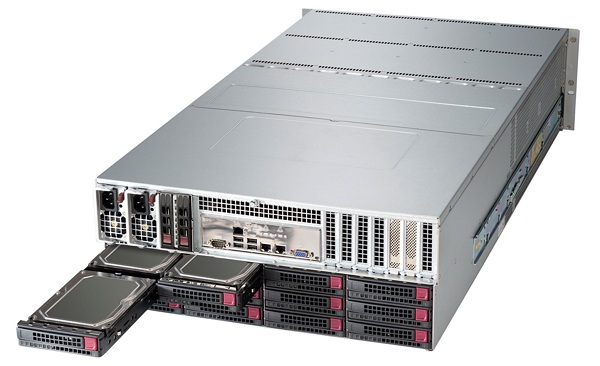NVMe hardware raid now available at XLHost
PCIe NVMe SSDs have been available for enterprise/datacenter deployments for several years. With the performance of the typical NVMe SSD being ten to fifteen times greater than the average SATA SSD it has been very tempting to deploy these drives for applications that require a lot of IOPs, storage throughput, or both. Up until now using NVMe drives in servers has come with compromises related to resiliency and overall performance. While the drives themselves have redundant NAND flash memory, the drives could still fail in a number of ways which could impact the availability of applications.


